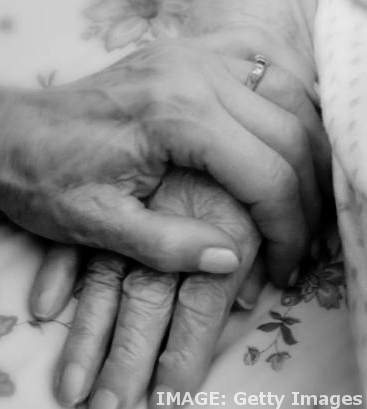End of life options reviewed
 Australian experts have looked at ways to reduce non-beneficial treatment at the end of life.
Australian experts have looked at ways to reduce non-beneficial treatment at the end of life.
A new review has found advances in medicine mean health care professionals can prolong life, yet some treatments have a low chance of providing tangible benefits to some patients, can result in a ‘bad death’ and represent a multi-million dollar cost to the public purse.
Chief investigator Professor Nick Graves says prolonging an individual’s death with ‘futile’ or ‘non-beneficial’ treatment could both increase suffering and waste money.
His research group’s latest paper measured incidences of futile treatment among end-of-life admissions; length of stay in both ward and intensive care settings for the duration that patients received futile treatments; health system costs associated with those treatments and the monetary value of bed days involved.
They found the incidence rate of futile treatment in end-of-life admissions was 12.1 per cent across the three study hospitals.
The cost associated with futile bed days was estimated to be $A12.4 million using health system costs, and $A988 000 when using a decision maker’s willingness to pay for bed days. This was extrapolated to an annual national health system cost of $A153.1 million.
“An increased awareness of these economic costs may generate support for interventions designed to reduce futile treatments. We did not include emotional hardship or pain and suffering, which represent additional costs,” said Professor Willmott.








 Print
Print